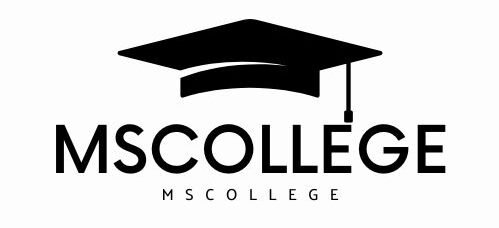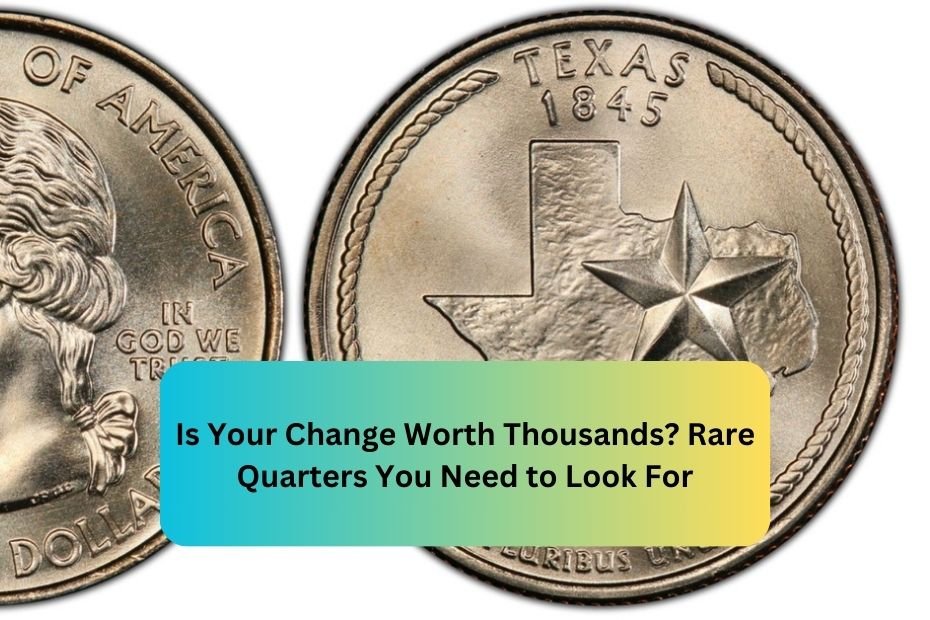If you have a collection of quarters lying around or simply change in your pocket, you might be sitting on a small fortune! Certain quarters are extremely rare and can fetch thousands of dollars among collectors. In this article, we’ll explore the rare quarters you should be on the lookout for, what makes them valuable, and how to identify them in your change.
1. Understanding Coin Value
Before diving into specific quarters, it’s important to understand what makes a coin valuable. Factors include:
- Rarity: The fewer coins that exist, the more valuable they tend to be.
- Demand: Some coins are highly sought after by collectors, driving up their prices.
- Condition: Coins in better condition (graded higher) are worth more.
- Historical Significance: Coins with unique historical stories or features can be more valuable.
2. Key Rare Quarters to Look For
1. 1896-S Barber Quarter
- Value: Can sell for $2,000 or more.
- Details: The 1896-S Barber Quarter is rare due to its limited mintage. Only 1,080,000 were produced. Most surviving examples are worn, making uncirculated ones extremely valuable.
2. 1916 Standing Liberty Quarter
- Value: Priced around $10,000 and up.
- Details: This quarter is noteworthy for its unique design and limited production. The 1916 version has a low mintage, and uncirculated pieces are particularly sought after.
3. 1932-D and 1932-S Washington Quarters
- Value: Each can range from $7,000 to $12,000.
- Details: The 1932-D and 1932-S Washington quarters were minted in limited quantities to meet the high demand for the new Washington design. Their rarity makes them highly collectible.
4. 1950-D Washington Quarter
- Value: Can sell for over $1,000.
- Details: This quarter is another example of a low-mintage piece that has gained popularity among collectors. With only about 1.9 million minted, it stands out.
5. 1970-S Proof Quarter (No S)
- Value: Approximately $1,500.
- Details: The 1970-S Proof Quarter that lacks the mint mark is a notable error coin. Its rarity and the intrigue of its unique status make it a collector’s item.
3. How to Identify Rare Quarters
Identifying rare quarters in your change requires a bit of knowledge and attention to detail. Here are steps to help you in the process:
Check the Dates and Mint Marks
- Look for Dates: Examine the dates on your quarters. Many rare quarters were minted in specific years, often before 1965.
- Mint Marks: Identify the mint mark (usually located on the reverse side of the coin, below the eagle). Common mint marks are:
- P: Philadelphia (no mint mark)
- D: Denver
- S: San Francisco
Inspect the Condition
- Grading System: Coins are graded on a scale from 1 (poor) to 70 (perfect). Learn the grading system to better understand the condition of your coins.
- Look for Wear: Check for significant wear or scratches. Coins in better condition will hold higher value.
Use a Magnifying Glass
- A magnifying glass can help you spot finer details, such as mint marks and the coin’s design features that can indicate rarity.
4. Where to Sell Your Rare Quarters
If you discover that you have a valuable quarter, you may want to sell it. Here are a few options:
Coin Dealers
- Local Coin Shops: Visit local coin shops for an appraisal. Dealers can give you a fair market value and potentially buy the coin from you.
- Online Dealers: Websites like APMEX and JM Bullion specialize in rare coins.
Auction Houses
- eBay: You can auction your coins on eBay, but be sure to take high-quality photos and provide accurate descriptions.
- Coin Auctions: Consider reputable auction houses specializing in coins, such as Heritage Auctions.
Coin Shows
- Attend local or regional coin shows. These events can connect you with buyers, collectors, and other dealers interested in rare quarters.
5. Maintaining the Value of Your Quarters
If you want to keep your rare quarters in top condition, follow these tips:
- Store Properly: Use coin holders, capsules, or soft holders to protect your coins from scratches and tarnishing.
- Avoid Cleaning: Never clean your coins, as this can reduce their value significantly.
- Temperature and Humidity: Store coins in a cool, dry place to prevent moisture damage.
Conclusion
You may have more than just pocket change in your collection of quarters. By being aware of the rare coins to look for and understanding how to identify them, you can potentially uncover valuable pieces worth thousands. Whether you decide to keep or sell them, knowing their worth can enhance your appreciation for these small yet significant treasures.
FAQs
- What should I do if I find a rare quarter?
If you believe you have a rare quarter, consider getting it appraised by a professional or a coin dealer to determine its value. - Are all old quarters valuable?
Not all old quarters are valuable. Rarity, condition, and demand are critical factors in determining a coin’s worth. - How can I learn more about coin collecting?
Many resources are available online, including forums, guides, and books about coin collecting. Local coin clubs can also provide valuable information and community support. - What is the best way to clean coins?
It is not recommended to clean coins, as it can diminish their value. If necessary, consult a professional for advice on preserving your coins. - How do I spot counterfeit coins?
Researching the features of genuine coins and consulting with experts can help identify counterfeit coins. Be cautious when buying coins from unknown sources.

